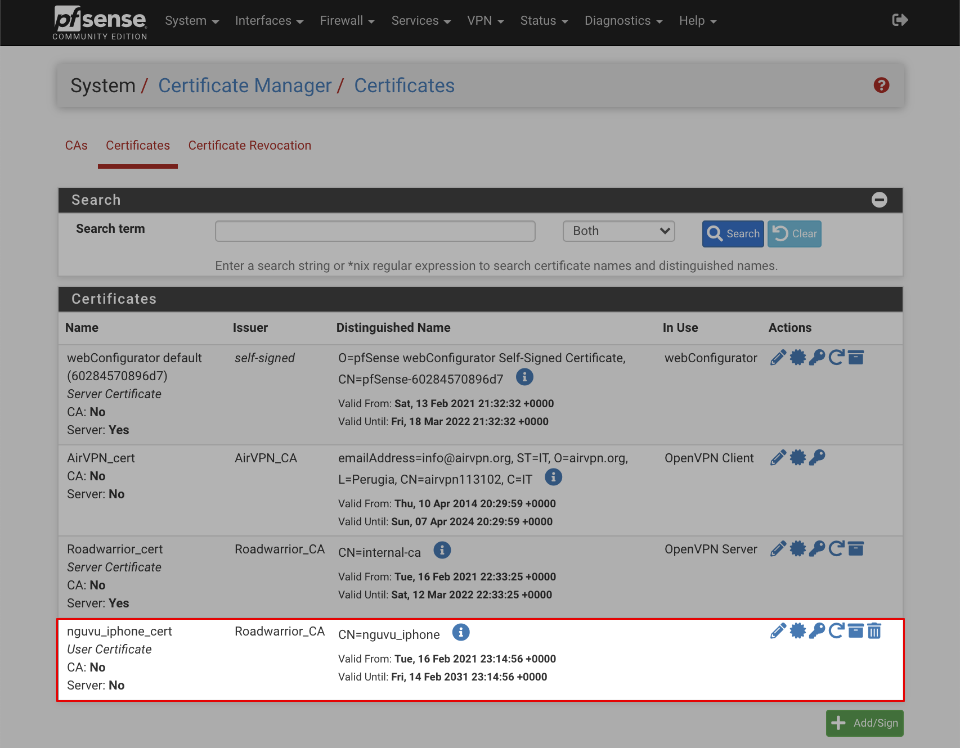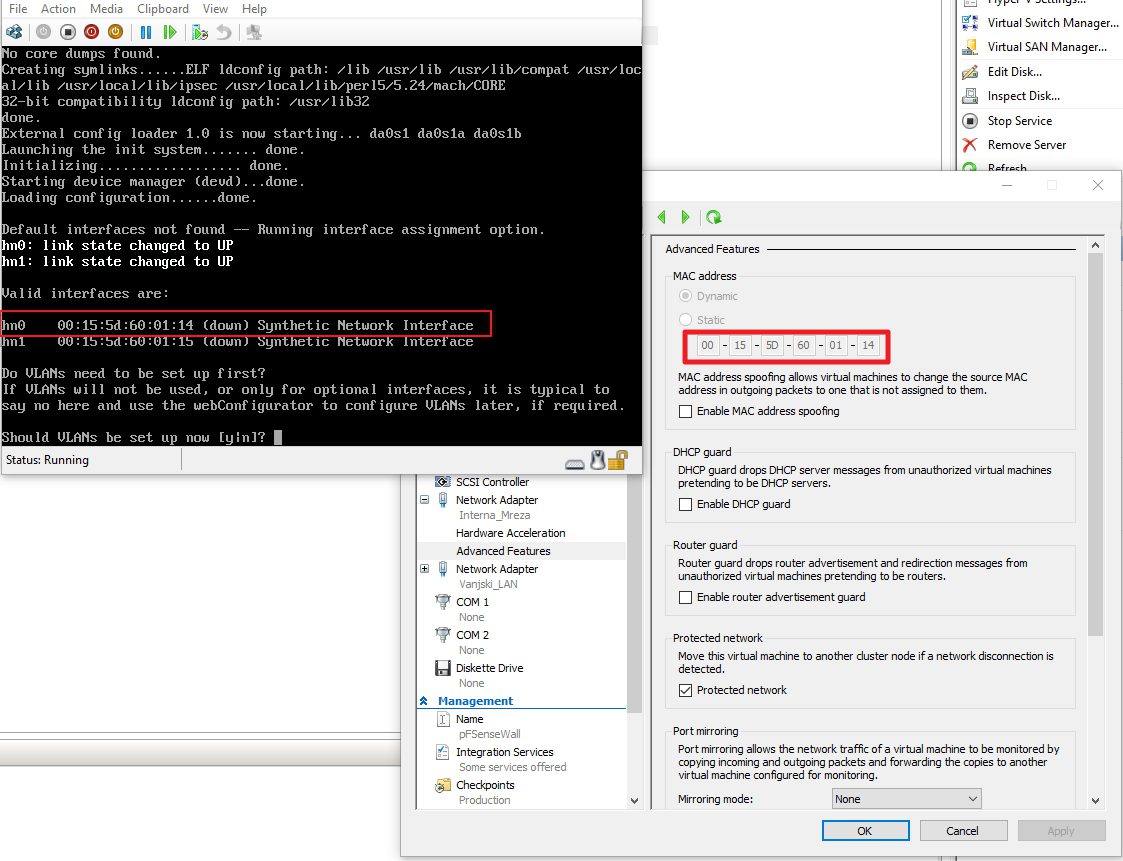

To get your VLAN going you have to start somewhere and that's usually something termed the Native VLAN. When you have that understood, at least idealistically, you are ready to move on to IP Addressing & Routing.īefore designing IP Addressing & Routing, you'll need to choose a VLAN scheme. How many VLANs and devices will you need to work with? Who gets access to what? Don't rush this step. When designing your VLAN, you'll have reached your first step when you can logically think about Access port grouping and Trunk port interconnections. When incoming traffic is tagged, and the tag is on the allowed list, it will then function as a Trunk port. Basically, they function as an Access port for ingress traffic without tags. They share qualities and behaviors of Access and Trunk ports. These ports are for special situations and requirements. Trunk ports are configured such that ingress packets must have tags and egress packets will have tags. If Access ports represent groups of things, think of Trunk ports as what enables these groups to get to places they need to go, like other areas of the switch or network. These ports are what carry everything you care about between VLANs. The egress (outgoing) packets (that are replying back to whatever was plugged in) get tags removed. Access ports are configured in a way that means ingress (incoming) packets must not have tags and thus will get a tag applied. In this documentation we use colors like Blue, Green, and Red to help us to visualize the ID numbers. They represent groups of devices that need access to each other but not other networks. These ports define the entry into your VLAN. Read each of these VLAN concepts below before using our configuration examples to understand how we use them on the command line. You'll be thinking about what to allow and what to block. This virtual network can be as big or as little as you like. These elements combine to create a managed VLAN network. In Tag Based VLAN, you'll be working with Access and Trunk ports, configuring IP Addressing & Routing, and setting up IP Services on VLAN interfaces. Security topics are covered later under a separate section.īefore discussing the various examples, we need to establish some common terminology and concepts about VLAN. From these examples you’ll be able to create any custom configuration on your own. Basically hardware and scenarios that mirror MikroTik’s product lineup.

I focus on the most commonly requested scenarios: switch with separate router, WiFi router combo, guest WiFi, and public VLAN and printers. Dynamic VLAN assignment using Radius examples can come if we have knowledgeable feedback in those areas.

PFSENSE APPROVE BY MAC ADDRESS FOR ACCESS MANUAL
This document will focus on a manual Tag Based VLAN approach. Maybe they use a different approach (automated vs manual) to get there, but ultimately, network devices are segmented. Some of these are really just names for what all is really the same thing. Sometimes you see other terms alongside VLAN, such as Port Based VLAN, MAC Based VLAN, Native VLAN, and Voice VLAN. This should give you the confidence to learn the VLAN concept knowing it will scale as your network and the number of devices grow. In micro-sized networks, it is possible to use other methods besides VLAN, but VLAN is never a wrong choice. If you have IoT devices, IP cameras, guests who need to use your WiFi, and a need to QoS who gets what, VLAN can make your network simpler to reason about. If you have a need to partition and isolate networks and devices from each other using the same physical hardware, you maybe a good candidate for VLAN. We'll discuss Access, Trunk and Hybrid ports, switching and routing, and guest access into our networks. See the theory and then deep dive into the actual commands to implement it all. Follow along the light reading material and diagrams that make learning about VLAN an enjoyable topic.
PFSENSE APPROVE BY MAC ADDRESS FOR ACCESS HOW TO
This article is for system integrators, network administrators, and product enthusiasts looking for the definitive guide on how to design and setup VLAN networks using MikroTik.


 0 kommentar(er)
0 kommentar(er)
